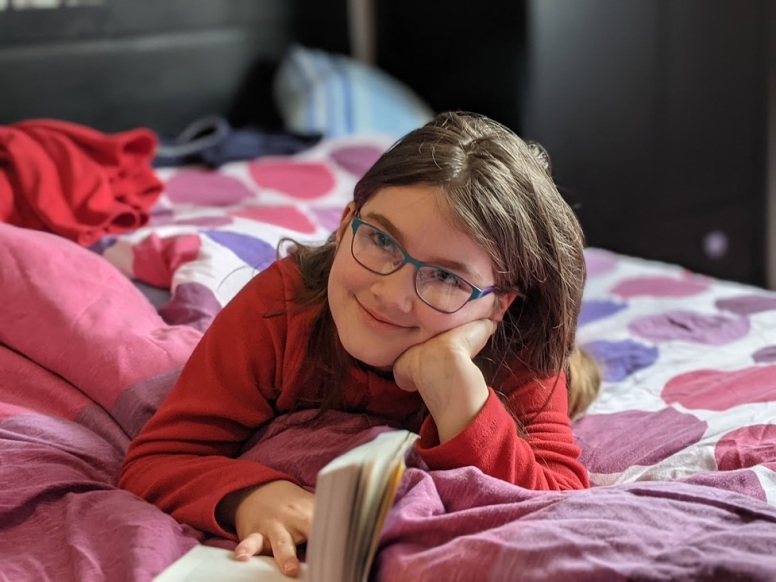Stanislas Dehaene
While the initial attraction of this book is its images, Stanislas Dehaene’s writing rivals or exceeds their beauty and power. Because each theme is two pages, an image and an explanation, a summary is inadequate and would not share the clarity and grace of the writing. Enjoy the following excerpts:
The Twins Game: The image for this is of sixteen brains, all of which appear to be identical, but are of eight pairs of twins.

“It is essentially impossible to identify the twins on the basis of brain anatomy alone. Why? Because the genetic heritability of brain organization is modest…. The vagaries of development dominate over the rigidity of a shared genome…. This anatomical variability is consistent with the fact that identical twins are not identical persons – it is even possible for one of them to suffer from autism or schizophrenia…. In the end, the precise pattern of our cortical folds betrays, indirectly, the incidents and accidents of our lives, such as prematurity or malnutrition.”
Our Individuality Hides in our Connections:

“This is where the analogy between the uniqueness of fingerprints and brain morphology ends. Our fingerprints are purely arbitrary, but our brain connections are not: they shape our minds. Over the past fifteen years, researchers have identified dozens of subtle links between brain anatomy and personality…. However, brain connectivity is not fixed at birth. It is not a definitive sentence that puts a sharp limit to our talents. On the contrary, connections and their myelin sheaths change as a function of our training. When we learn to read, for instance, we massively strengthen certain cortical connections, so much so that about 50 percent of the variance in reading scores can be predicted by looking at the anatomy of the brain.”
The Dark Energy of the Brain:

“Does the brain ever stop working? The answer is one of the striking discoveries of the last thirty years. Not only does the brain never take a break, but its spontaneous activity at rest is responsible for most of its energy consumption. Its energy bill is dramatically unbalanced: responses to external demands, the famous stimulus-response dear to Pavlov and the behaviorists, make up only 2 percent of the consumption of the cortex…. The brain’s circuitry is unbalanced in favor of inner signals. Simply count the synapses that bring information from the outside, bottom-up, and those that send information in the opposite direction, top-down; even in the primary visual cortex, images from the retina account for less than 10 percent of the synapses.”
The importance of sleep is often overlooked with consequences to visual, cognitive, and emotional function.
An Exuberance of Connections:
“Axons have to search for their targets, sometimes for years, and their wiring depends on experience. Synapse after synapse, learning shapes our nerve endings.”
The Massive Impact of Literacy:
“While every brain contains areas for spoken language, only the literate brains can also activate them from vision…. The changes induced by literacy are massive. The better a person can read, the more their visual areas respond to written words. In addition, the visual areas’ connection to the language areas is strengthened and allow the entire language circuit, located in the left hemisphere, to light up at the sight of a written sentence. Learning to read is gaining access to language through vision.”
Listening with the Eyes:
“Reading is just listening with the eyes: whenever we read, our brain covertly converts the letters into sounds, the graphemes into phonemes, and then a miracle happens: we understand the writer’s message just as clearly as if they had delivered it to our ears…. The cortical zones that code for meaning, independently of the visual or auditory modality, cover a large portion of the cortex. Thanks to reading, we no longer need to live the story or hear it told – we can simply immerse ourselves in a good book.”
Neuronal Recycling:
“In the brain of all good readers, a dedicated region of the left hemisphere is in charge of identifying written words. In our scientific papers, Laurent Cohen and I termed it the “visual word form area” – but informally, I dub it “the brain’s letter box,” because it concentrates all our knowledge of letters and their relations…. In a person who is illiterate, the site of the visual word form area responds vigorously to faces, objects, and checkerboards. And the better a person can read, the more this response to pictures decreases, in favor of strings of familiar letters…. While responses to letters increase in the left hemisphere, responses to faces shift to the right hemisphere. The better we read, the more the visual areas are lateralized: to the left for written words, to the right for faces.”
Schooling the Brain: The following references a sequence of images of a brain from preschool to after nine months of learning to read and then two years later.
“The first two scans of a child looking at print show no selective response: before learning, most letter strings are meaningless scribbles, and the brain does not respond specifically to them. After only a month and a half of school, however, everything changes. A vast network of regions appears, among which we can see the visual word form area. Within the first few weeks of learning, this region already occupies its final place.
In the first grade, the reading circuitry clearly extends well beyond the visual and phonological areas. While reading, beginners activate additional parietal and prefrontal areas that, curiously, vanish when the same child is scanned two years later. What is going on? It is the initial difficulty of reading that mobilizes additional areas for attention and effort. Beginning readers must concentrate on every letter, and their slow reading betrays the activation of attentional circuits. With experience, reading becomes fluent, automatic, and this activity disappears, freeing up the parietal and prefrontal workspace.”








